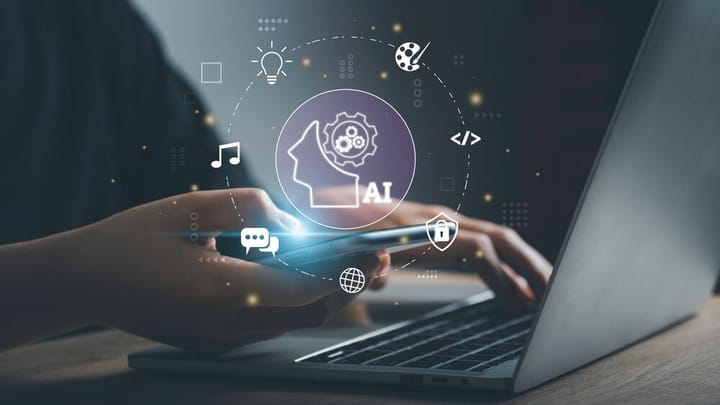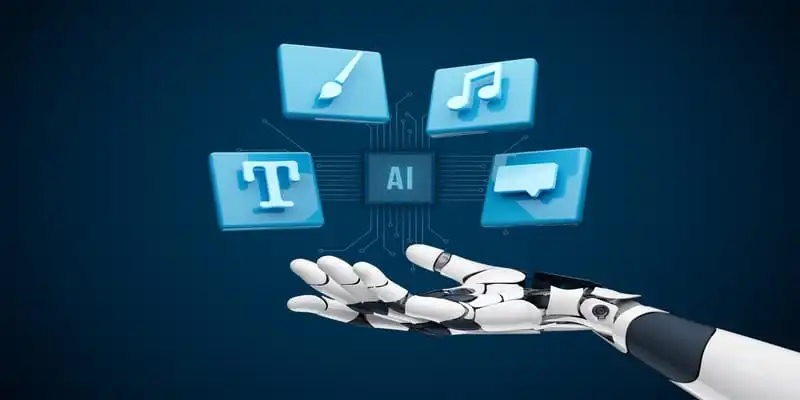Everything You Want to Know About Web 3.0
Web 3.0 is the next development in web design, which provides a fantastic opportunity to share and interact on the internet. This advancement comes with more choices for where information is shared, how it can be found, and personalized content that further enhances the user experience on websites.
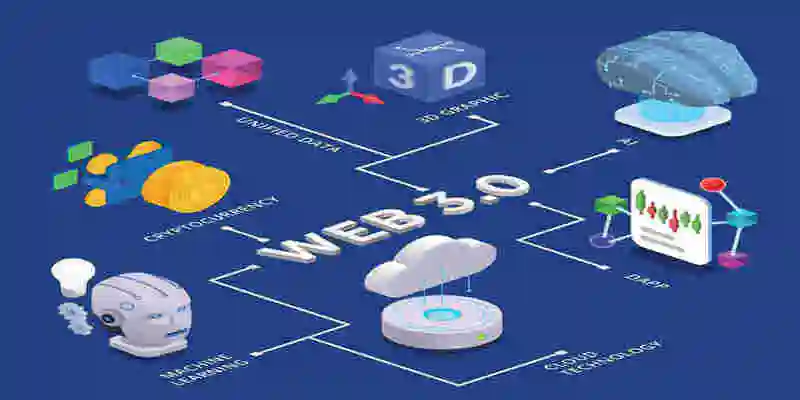
Web 3.0 is a term that has come to mean many things to many people but primarily refers to a new way of using the internet that is faster and more secure than what we currently have. Web 3.0 is the introduction of decentralized networks that would no longer be controlled or regulated by any company or entity.
So, what’s wrong with the internet we currently have? Why change it? What exactly is the significance of Web3? Will Web3.0 outperform Web 2.0 in every way? These are some of the issues that will stay unanswered until web 3.0 fulfills its full potential, which will take decades, if not centuries.
The internet is becoming more engaging as it advances. We've come a long way from basic HTML webpages to streaming platforms, the social media frenzy, and many options to create your content. One of the most valuable benefits of Web 2.0 is the opportunity to produce several revenue streams. The global income from Web 2.0 was estimated to be €29755 in 2020. The figure is anticipated to rise indefinitely.
Web 3.0 will be a user-centric upgrade to the present foundation. However, we know a few trends that will permanently change our online experience. It will power the creative economy, allowing individuals to benefit from the new paradigm and obtain much-needed stability regardless of location, financial situation, or history.
Blockchain Market in Web 3.0
According to Market Research Future, the Web 3.0 blockchain industry is projected to grow at 44.6% CAGR by 2030. Emergence Research concluded that the worldwide Web 3.0 market is anticipated to be worth $81.5 billion in 2030, with a 43.7% revenue CAGR throughout the forecast period. Increased transparency and data security, expanding traction of Non-Fungible Token (NFT) payments and virtual collectibles, and rising investment in R&D activities by leading industry participants are key drivers driving revenue growth in the worldwide Web 3.0 market.
Web 3.0 Main Characteristics
-
The Semantic Web
The semantic Web is the path to the perfect age of data since it enhances web technology, allowing people to exchange and link material. Furthermore, as the Semantic Web evolves, computers will have the ability to comprehend internet data directly. It will accomplish this by comprehending the meaning of words rather than relying on statistics or phrases to decode material. It will make Web use more user pleasant as part of Web 3.0. -
Graphics in three dimensions
Web 3.0 largely depends on three-dimensional designs to create highly interactive web pages. Applications of 3D graphics on Web 3.0 include museum tours, computer games, and e-commerce galleries. Web 3.0 will be 3D internet in which the employment of avatars, virtual reality, and VR technology will be the standard. -
Intelligent automation
In Web 3.0, machines can identify and analyze information in the same way humans do to give better, more appropriate information. It signifies that the computer employed natural language processing (NLP) and AI to process data like the user, satisfying the user's requirement. -
Connectivity
Web 3.0 will give the same content across several apps, and solutions will be available on various devices that can be accessed from anywhere. As a result, all the information an organization requires throughout its operations is accessible and can be retrieved from different systems worldwide.
Real-Life Examples of Web 3.0
Web 3.0 is used in various fields, including social networks, messaging, banking, exchange services, streaming, and surfing. The Web 3.0 application examples assist in grasping the breadth of its usage.
-
e-Chat
It is a next-generation blockchain messenger that provides excellent efficiency and security. It provides decentralized and secure services using IPFS, P2P (peer-to-peer) technology, and the encryption algorithm (MTProto). Users may use this messenger not only to converse safely but also to send bitcoin. -
Storj
It is a cloud-based service using blockchain to store customers' data securely. Storj's critical benefits over Google Drive, Dropbox, and other relevant services are its resistance to privacy intrusions. -
Sapien
It is a popular decentralized social news network that uses decentralization, democracy, interoperability, and tokenization to tackle fake news. This Web 3.0 example demonstrates how sophisticated technology may help social media create more trustworthy, ad-free services. Sapien uses Web 3.0 apps to illustrate the prospect of removing censorship, maintaining privacy, and defending free expression. -
Facebook
Even though many have anticipated Facebook's downfall due to the move from Web 2.0 to Web 3.0, this prognosis appears inaccurate. The social networking of this media giant will serve as the foundation for how the internet is utilized. The firm urged individuals to form new communities that will survive in the age of Web 3.0. It is their winning technique since the people who were invited generated 300,000 Facebook applications ranging from quizzes and games to digital presents, which increased user engagement on the network. The firm allows the developers to stage their quizzes, product evaluations, and games by offering the Facebook API. Facebook has ensured its longevity and reign in Web3. -
Alpha Wolfram
It is a machine learning platform where solutions may be computed, and it is particularly popular with learners and professionals in subjects such as mathematics, nutrition, and science, among others. This platform takes advantage of Web 3.0 by aggregating information for users from online databases and simplifying it for end users. On this platform, you may type in a question, and it will understand it and return responses that are relevant to the query. For example, if you enter "three cups of grapes," Wolfram Alpha will return the nutritional value, calories, and any other detailed information on three cups of grapes. In this scenario, it provides beginning points for future investigation. -
Brave
This IPFS-integrated browser is distinguished by its efficiency, decentralization, lower cost, and security. Brave offers a more private and robust experience for its users. It also claims to be speedier since it blocks advertisements on web pages. Users may use this feature to send money to websites they enjoy. -
Ethlance
The Ethereum blockchain technology is used in this small work platform. It enables people to employ and work with Ether as their money. Ethlance doesn't charge a service fee and does not limit services to the membership.
Why is Web 3.0 the Way of the Future?
Predicting the winners and losers of this new frontier is tough; we're still in the early stages of blockchain adoption. So, our concentration will be on the macro-issues driving the inevitable transition to Web 3.0.
Trust, which is now lacking in finance, is automated by Web 3.0
People recognize that the current financial system is not designed for everyone. For example, individuals in many countries are seeing their fiat currencies depreciate through no fault. It is since financial agreements are made on a global basis.
When bitcoin first appeared, it claimed that accurate peer-to-peer value exchange was feasible. There was no requirement for a bank or financial institution to be there. It's a revolution. In reality, this is why the bitcoin network continues to outperform forecasts of its demise. If a large number of people rely on it to hold their money, knowing that it is not controlled by any single nation or government and is entirely in the hands of the people, the value of Bitcoin will only climb over time. The goal of decentralized finance is to allow everyone to become a banker.
For example, many people group together to share their resources. It is done so that anyone who wants to trade or acquire currencies may do so through the pool rather than depending on a bank to make it happen. Blockchain, like how the internet allows data to go around the world, has automated the need for banks.
Web 2.0 began in the media enterprises. The finance industry was the first to embrace Web 3.0. Today, every major financial institution is investigating Web 3.0. Once the financial titans have adopted Web 3.0, the others will quickly follow.
We're playing online games with Web 3.0
Consider how we utilize the internet now in the most basic way. We find content via subscribing to media sites or reading free articles. We also watch videos and other sorts of media. We utilize social media to interact with one another based on our genuine ties. According to the notion, because we spend much time online, the internet might become an extension of ourselves. Our ideas, connections, and thoughts live as a data stream in someone's database, as do our preferences, interests, and interactions. There is a widespread belief that Web 3.0 will enable us to transform work into entertainment while still earning money.
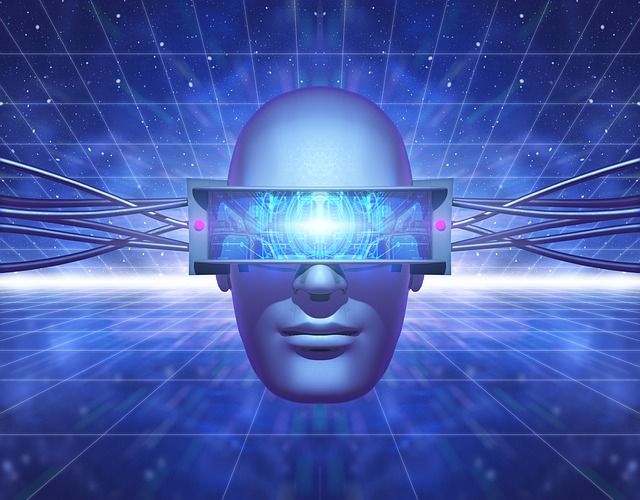
Remember that Web 3.0 is all about crowdsourcing everything. Assume you are a member of a group that reads books every weekend. Because the community exchanges information, you deserve access to the tools to help it grow. Similarly, a community-owned network where members educate others on specific skills for certain occupations. Everyone in our community deserves to be a part of the network. They are also recognized for their efforts. The internet is growing like a video game where we connect, make fun, and learn together. Web 3.0 is all about social and economic networks that function together.
Second, Web 3.0 has developed a new genre: play-to-earn gaming. Imagine if every town on the planet could sell their skills to the appropriate people. It would be the pinnacle of capitalism.
Web 3.0 allows for a true ownership economy
Value exchange and commerce are the foundations of all human civilization. Consider your breakfast today; for example, all the components were cultivated worldwide by individuals you've never met. Similarly, it was cultivated and transported by strangers before being processed into the dishes you prepare at home. You bought it in front of your house because another group of strangers did. Similarly, we concentrate on what we do and rely on others to accomplish what they must. It allows you to utilize the money to buy what you need when you need it. Everything in the global economy is the same.
Private enterprises and government agencies have mediated transactions between artists and customers. Web 3.0 will automate all middlemen's works using blockchain and artificial intelligence. It is done to ensure that artists receive the total compensation they deserve from their direct consumers.
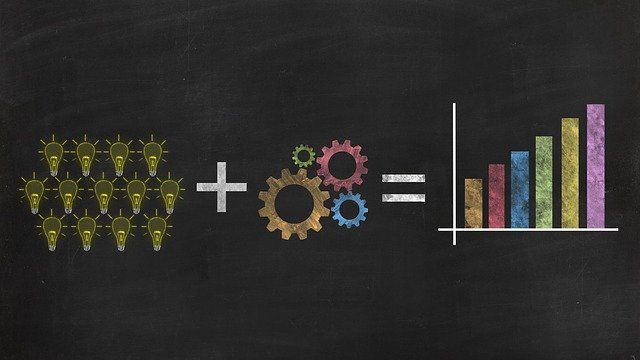
Non-fungible tokens, or NFTs, can enable a substantial portion of this ambition. Web 3.0 will lay the groundwork for everyone to see the total value of their effort. It is because Web 3.0 is all about global access. The NFT revolution began with digital art and will gradually extend to the rest of the economy.
What are the Possible Advantages of Web3?
With the following capabilities and characteristics, a Web 3.0 built on blockchain technology might improve your user experience:
- Information is decentralized. Data will be kept in many internet places and made available via blockchain. This data (including your personal information) will no longer be the property of internet behemoths like Google and Facebook. It means you won't be as reliant on those platforms for information and will retain custody of your data rather than handing it away.
- Enhanced security. Blockchain secures usernames and passwords with intense cryptographic security levels that need a private key to access. Even while the blockchain is open to anyone, the data stored within those blocks is more secure than what Web 2.0 security can provide.
- Data management that is trustless and permissionless. Because blockchains are open-access, they cannot be owned by another firm or entity. You can utilize this blockchain without relying on another firm to obtain information if you have the private key to access your data. It should result in more open and transparent online interactions, as well as a reduction in your reliance on online gatekeepers.
- Increased application connection. Data that is trustless and permissionless allows several apps to access and utilize the same sets of data at the same time. It optimizes application connections, making them more powerful and helpful to you, the user.
The Importance of Web 3.0 in the Crypto World
Web 3.0 and crypto are like wheels on the same engine; you can't have the drive unless both are fastened in place and given a spin. It is because many Web 3.0 protocols are highly associated with cryptocurrency. Web 3.0 functions similarly to a blockchain for a dedicated cryptocurrency. Volunteers and individuals interested in contributing to and enhancing network security like a blockchain for a dedicated cryptocurrency require verifying and validating transactions.
Web 3.0 also rewards these participants with tokens for their contributions to network security, regardless of their role.
Many protocols are interconnected with web 3.0, including bandwidth, storage, computing, hosting, and identity. Cloud providers offer some of these services, which continue to be in many remote parts of the world.
Web 3.0 is still a notion that has yet to be applied in the real world or in its entirety. Livepeer is an Ethereum-based protocol that provides video infrastructure providers with an appropriate spot to set up their business and a slew of streaming applications to generate and distribute their films.
On the other hand, Helium employs a similar strategy of encouraging small companies and individuals who provide wireless service to others and then giving the diagnostic data back to Helium via blockchains and tokens. It's like renting your Internet connection to others and paying for it.
Several methods are available, and each one incentivizes participation in some way. With centralized Online, users must pay to use a service. Still, with web 3.0, consumers will be rewarded for completing activities to maintain the security and integrity of the decentralized Internet.

Limitations and Implementation Troubles
There are still some limitations and implementation problems that are discussed below:
-
Appropriate for Modern Gadgets Only
Less sophisticated gadgets cannot give Web 3.0 access to their visitors. As a result, for this technology to be widespread, the capabilities of devices need to be enhanced. Otherwise, only a small number of individuals could use Web 3.0. -
Tricky Nature
For the time being, only technically competent internet users will be able to appreciate and exploit Web 3.0 features fully. Their complexity turns off less skilled users, limiting the widespread adoption of Web 3.0 technology. -
Web 1.0 is Now Defunct
Websites built on the old Web 1.0 platform have become outdated; thus, updating them to meet new expectations costs time and money, and it's not terrible to support firms investing in technology growth to provide better client experiences. On the other hand, those that lack the means to upgrade to Web 3.0 may lose a market edge.
Conclusion
We are entering a new internet era in which people have ultimate control over data and privacy. They can determine if firms can use the information to fulfill their business objectives. Because of web 3.0, all of this will soon become a reality.
Web 3.0 has several advantages, such as more transparency and tailored search results while making the internet more straightforward, quicker, and participatory. The good news is that web 3.0 is now available. Some versions of web 3.0 technologies are still in the early phases. However, if you go for a quick google search now and utilize natural language to obtain results for your inquiry, you will see its glorious future.

